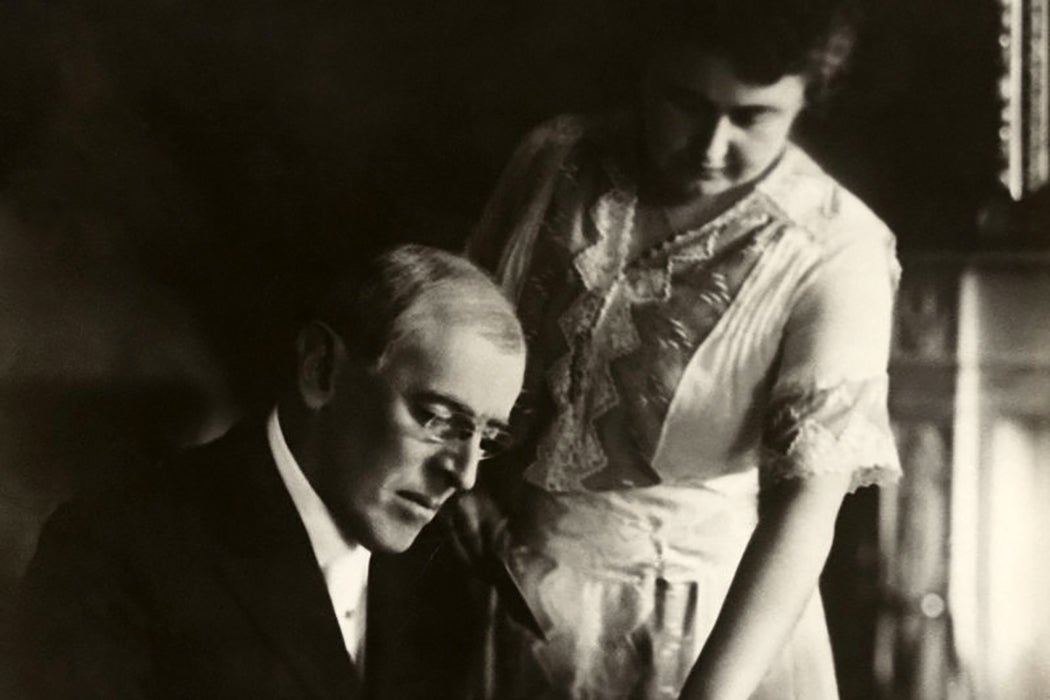Some of those around the president were concerned that the pressures of the job were getting to him. Racked by scandal, he was becoming more petulant and morose, and advisors worried about his mental state. Was the president capable of discharging his duties?
The president was Richard Nixon. While the Twenty-Fifth Amendment to the Constitution, formally enacted on February 23rd, 1967, was available to remove him from office, the option was never seriously considered. And for good reason, as political scientist Marie D. Natoli writes in a 1976 article: The Twenty-Fifth Amendment to the Constitution is an imperfect tool with which to usurp the power of the nation’s highest elected official.
“Its flaws lurk in every corner, in every clause,” she noted at a time when the country was still recovering from the Watergate/Nixon experience.
Natoli asserts that the Amendment grew out of specific historical circumstances. After the assassination of John F. Kennedy, a commission headed by Democratic Senator Birch Bayh formulated a response to a what-if scenario generated by that national cataclysm. Namely, what if, instead of suffering a quick death, Kennedy had been alive but incapacitated for months or even years?
It had happened before. President James Garfield lingered for more than two months after being struck by an assassin’s bullet. Still, because of ambiguity in the wording of the Constitution, Vice President Chester Arthur did not take up the powers of the office until Garfield’s actual death. When President Woodrow Wilson was incapacitated by a stroke towards the end of his second term, his wife took over many presidential duties as Wilson hid his infirmity, pretending that the administration was operating as usual.
In a nuclear age, such improvisation could not be tolerated. The Bayh Commission recommended that the constitutional language around succession and disability be clarified. The amendment focuses on disability, offering the vice president the opportunity, if he determines the president is unable to discharge his duties, to declare the president temporarily disabled. The vice president would then temporarily perform the duties of the president.
Temporary physical disability is a relatively straight-forward scenario, according to Natoli. But what of mental illness? “A president who is suspected of being mad presents an entirely more ambigious and politically more cautious forum,” she wrote. In such a case, the vice president would have to get a majority of the cabinet to agree. And what if the president contested this assessment? The issue would then go to the Congress, which would have to approve by a two-thirds vote.
A vice president who would push such a step might be accused of trying to usurp power, notes Natoli. And getting Cabinet members, who after all have their jobs because of their appointment by the president, to go along would present even a greater obstacle. Congress would have three weeks to act. What would happen in the meantime? Could a single vote overturn the will of the electorate? The possibilities of intrigue overwhelm the value of the amendment in such a case.
Her conclusion: The Twenty-Fifth Amendment is a Pandora’s Box. Open it and put the political viability of the nation’s entire constitutional order at peril.







